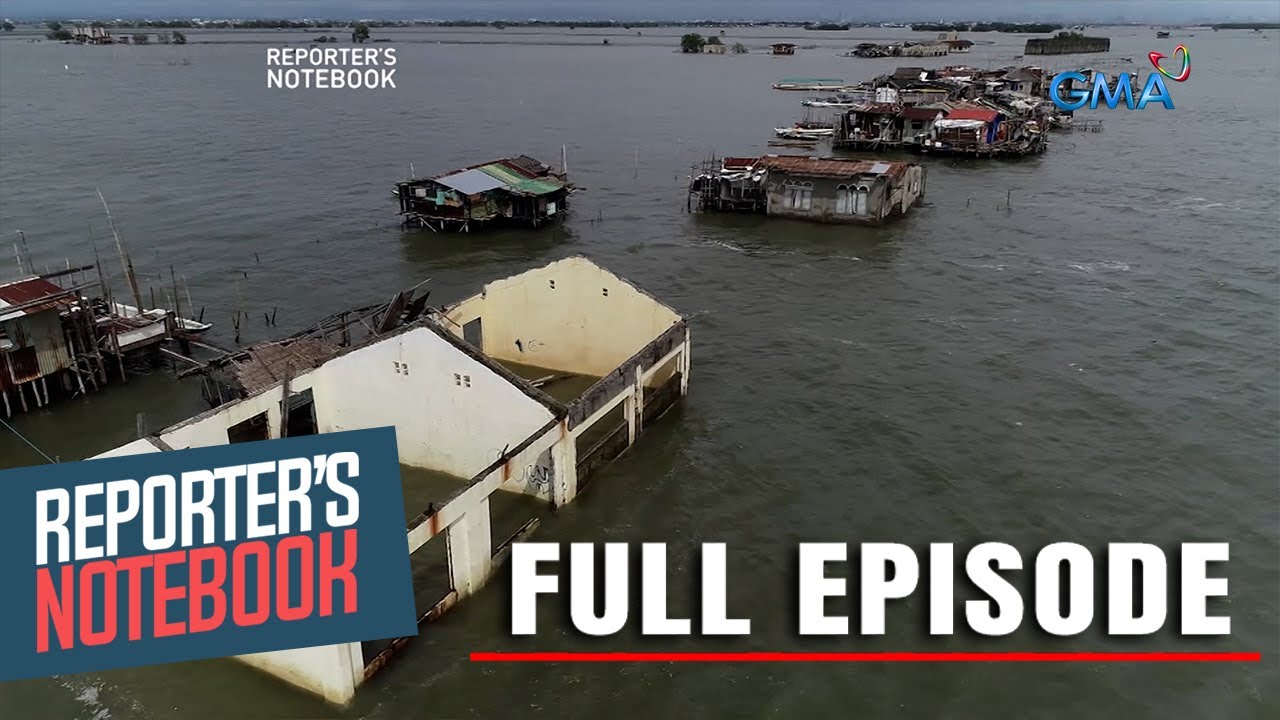What is vulnerability and how do we adapt to climate change?
Summary
TLDRThe video script explores how families living in different environments—one by the seashore and the other in the mountains—face varying vulnerabilities to climate change, particularly flooding. It examines the exposure and risk of Tomas' family, who live closer to the sea, compared to Maria’s family, who have made adaptations like raising their house. The script highlights how factors such as family size, financial resources, and preparedness influence vulnerability and resilience. In the end, it underscores the importance of adaptation measures in reducing risk and ensuring safety in the face of climate challenges.
Takeaways
- 😀 Exposure to climate change impacts, like rising ocean levels, can make coastal areas more vulnerable to flooding.
- 😀 Tomas’s family, living directly at the seashore, is more exposed to flooding risks than Maria’s family, who lives in the mountains.
- 😀 Adapting to climate change by modifying homes (e.g., building stilt houses) can reduce vulnerability to flooding.
- 😀 Maria’s decision to move her family to the seashore and build a stilt house makes them less vulnerable compared to Tomas's family.
- 😀 The potential impact of a flood depends not only on exposure but also on sensitivity, such as family size and available resources.
- 😀 Tomas’s larger family (with 7 members) has more challenges in adapting to flooding compared to Maria’s smaller family (with 4 members).
- 😀 Maria's family, with more financial resources and a cell phone for alerts, is better prepared to react to a flood than Tomas’s family.
- 😀 Vulnerability is a combination of exposure, sensitivity, and the ability to adapt to climate change effects.
- 😀 Even with a large family, Tomas’s family has fewer resources, which makes them less capable of adapting quickly to a flood.
- 😀 Taking proactive adaptation measures, such as securing a house and having financial and communication resources, can mitigate the potential impact of climate change.
Q & A
How do Tomas and Maria differ in terms of their exposure to climate change effects?
-Tomas is more exposed to climate change effects due to living closer to the seashore, while Maria lives in the mountains, initially making her less exposed to such risks.
What would happen if Maria moved to the seashore?
-If Maria moved to the seashore, she would become exposed to flooding. However, by modifying her house into a stilt house, she could reduce the risk, making her family’s home similar in exposure to Tomas's family.
Which family is more at risk of losing their home in the event of flooding?
-Tomas's family is more at risk of losing their home since their house is at seashore level, making it more vulnerable to flooding, compared to Maria's stilt house.
What factors contribute to vulnerability in the context of climate change adaptation?
-Vulnerability results from a combination of exposure to climate risks, sensitivity to those risks, and the ability to respond or adapt. In the script, Tomas's family is more vulnerable due to a larger household, fewer resources, and lack of preparedness compared to Maria's family.
How does the size of Tomas's family impact their vulnerability?
-The larger size of Tomas's family (with five children and two grandparents) makes them more vulnerable, as their resources are spread thinner and they have fewer means to respond to disasters compared to Maria's smaller family.
How does having a bicycle versus a car affect a family's ability to adapt?
-Maria's family, with a car, has a better means of evacuation compared to Tomas's family, which only has a bicycle. A car allows for faster evacuation and potentially reaching safer areas more easily.
What role do financial resources play in climate change adaptation?
-Financial resources significantly impact a family's ability to adapt to flooding. Maria's family has access to savings, a credit card, and a cell phone, giving them more options to prepare for and respond to a flood, while Tomas's family has fewer resources.
How does a cell phone contribute to a family’s ability to adapt to flooding?
-A cell phone allows Maria’s family to receive early alerts about the flood, giving them time to prepare and evacuate, thus enhancing their ability to adapt quickly. Tomas’s family, lacking such technology, is less able to respond promptly.
Why is Tomas's family more vulnerable to flooding despite similar exposure to the risk?
-Tomas’s family is more vulnerable due to their larger household, fewer resources for adaptation, and lack of preparation compared to Maria's family, who is smaller and has more means to mitigate the effects of flooding.
What actions can Tomas’s family take to reduce their vulnerability to flooding?
-Tomas’s family could take steps such as raising their house, improving financial preparedness, and securing communication tools like a cell phone to receive flood alerts, all of which would help reduce their vulnerability.
Outlines

This section is available to paid users only. Please upgrade to access this part.
Upgrade NowMindmap

This section is available to paid users only. Please upgrade to access this part.
Upgrade NowKeywords

This section is available to paid users only. Please upgrade to access this part.
Upgrade NowHighlights

This section is available to paid users only. Please upgrade to access this part.
Upgrade NowTranscripts

This section is available to paid users only. Please upgrade to access this part.
Upgrade NowBrowse More Related Video

La SCUOLA più ISOLATA D'ITALIA - thepillow

I-Witness: "Waterworld", a documentary by Jay Taruc (full episode)

Bencana Iklim & Banjir Air Pasang jadi Pemandangan Umum di Desa Kawasan Tumbulsloko #iNewsPagi 03/11

Penjelasan Singkat Kenaikan Air Laut Akibat Melelehnya Es di Kutub

Mga lugar sa Bulacan, unti-unting lumulubog sa tubig (Full Episode) | Reporter’s Notebook

Bagaimana Perubahan Iklim Mempengaruhi Musim Kawin Burung Global?
5.0 / 5 (0 votes)